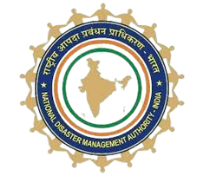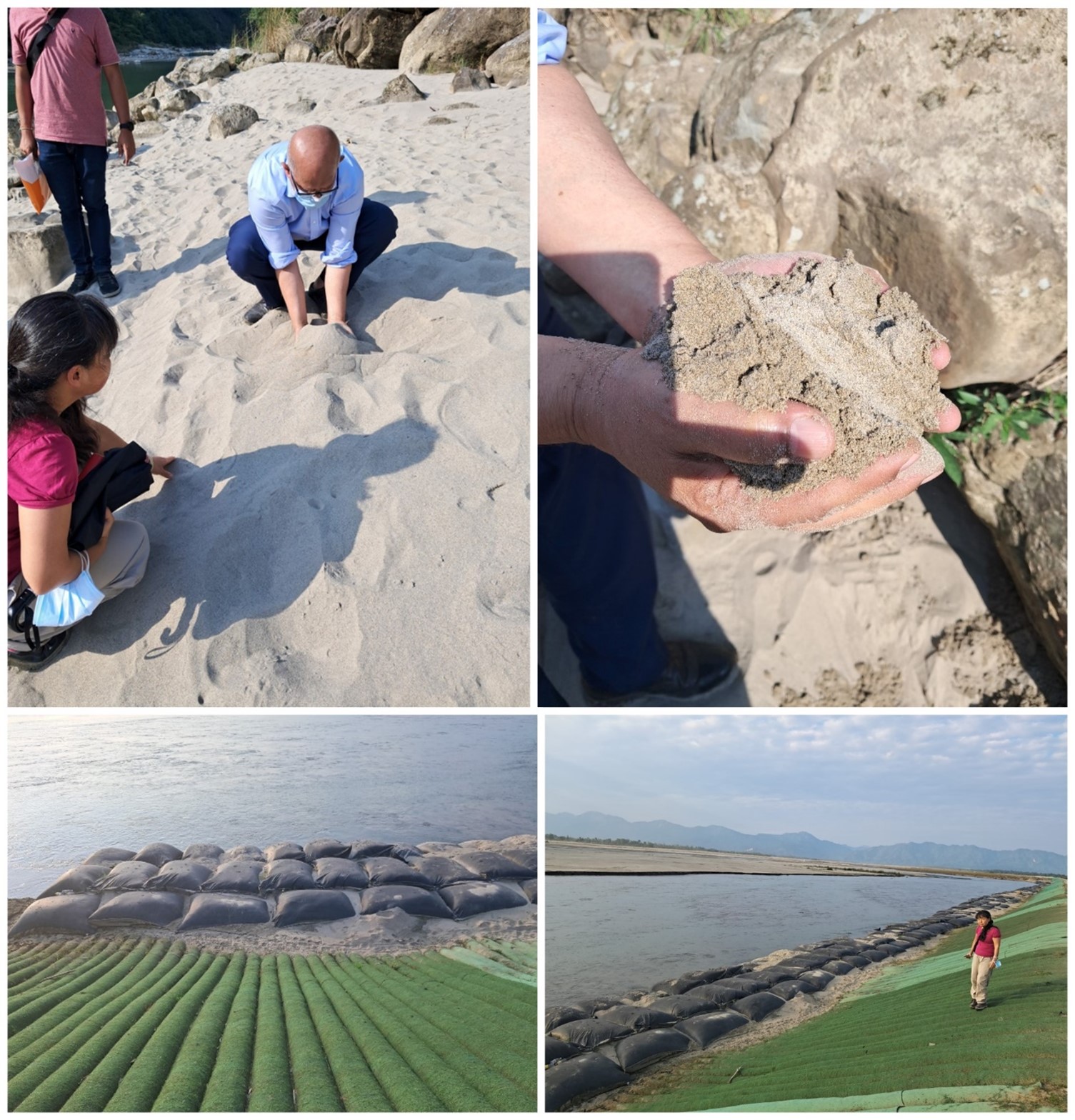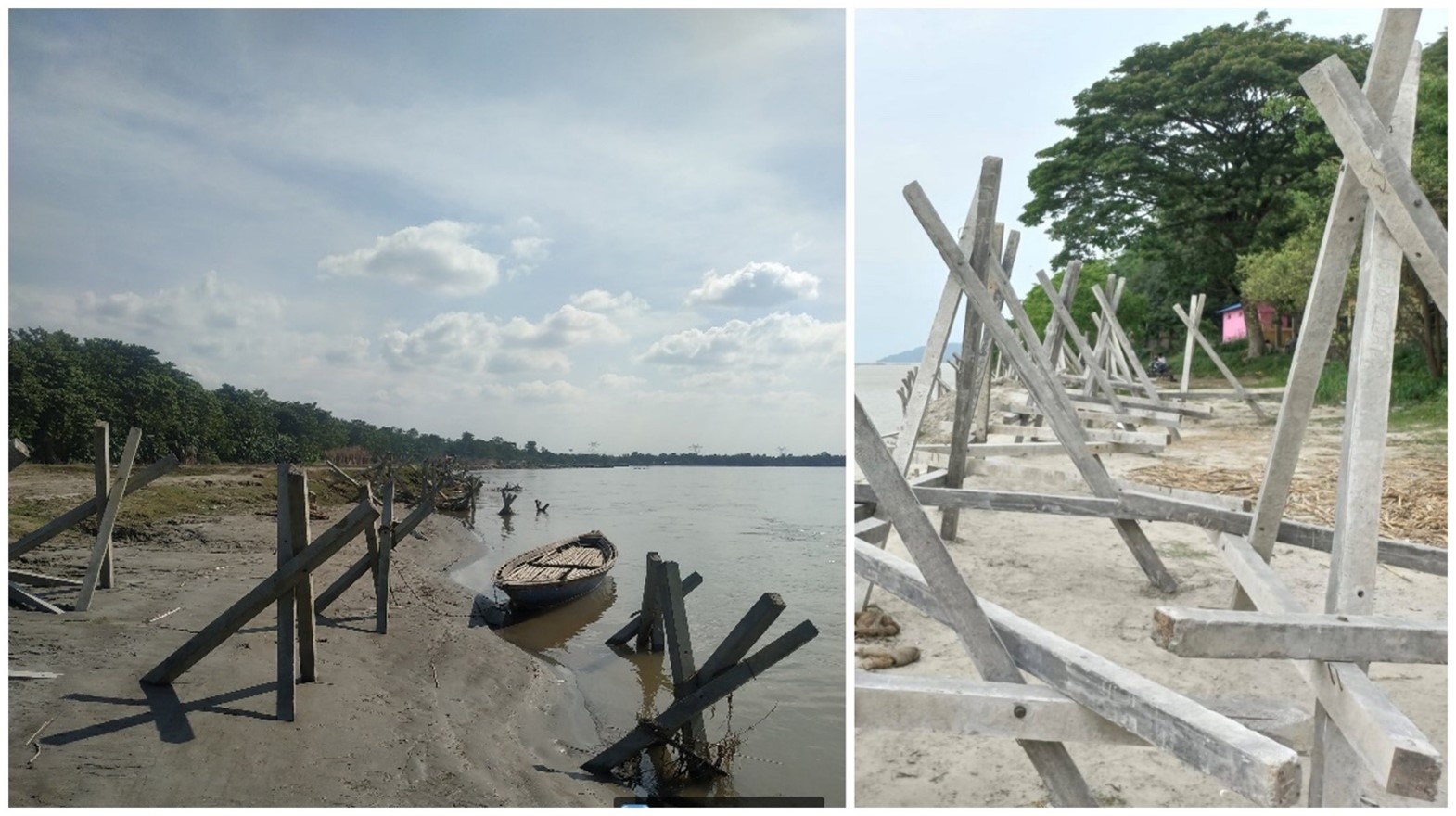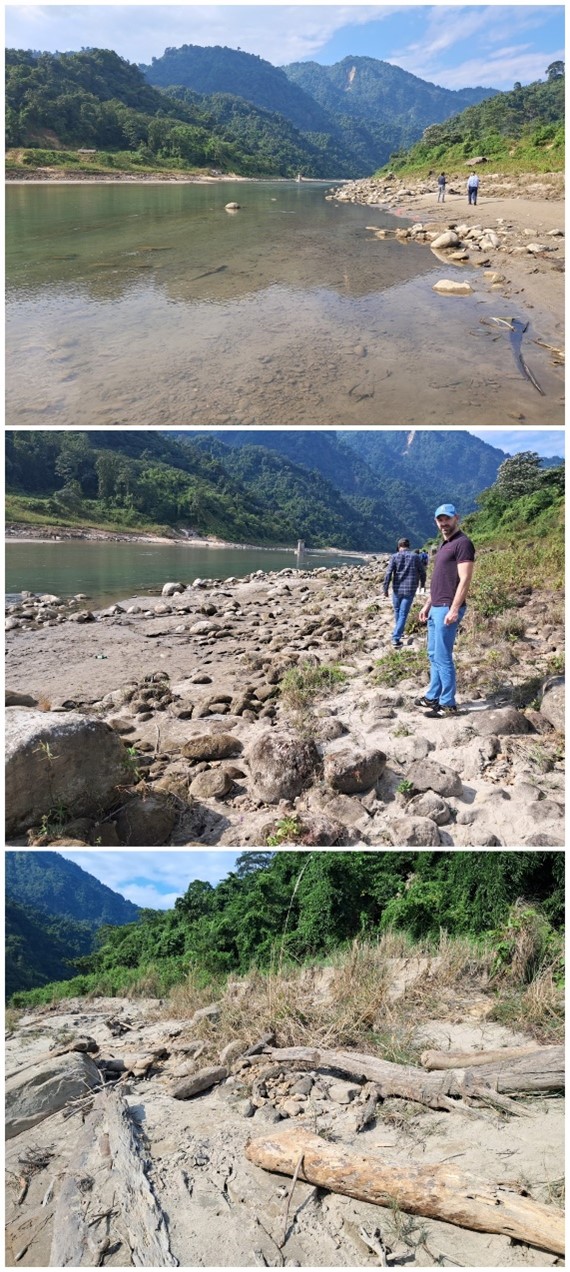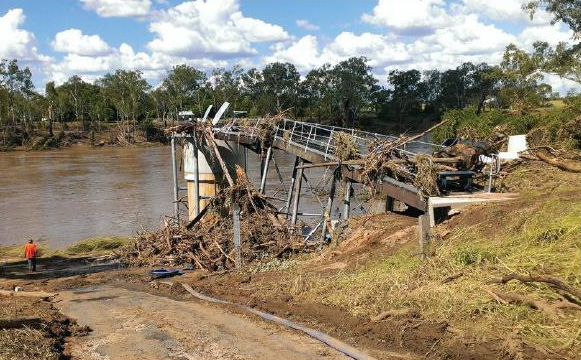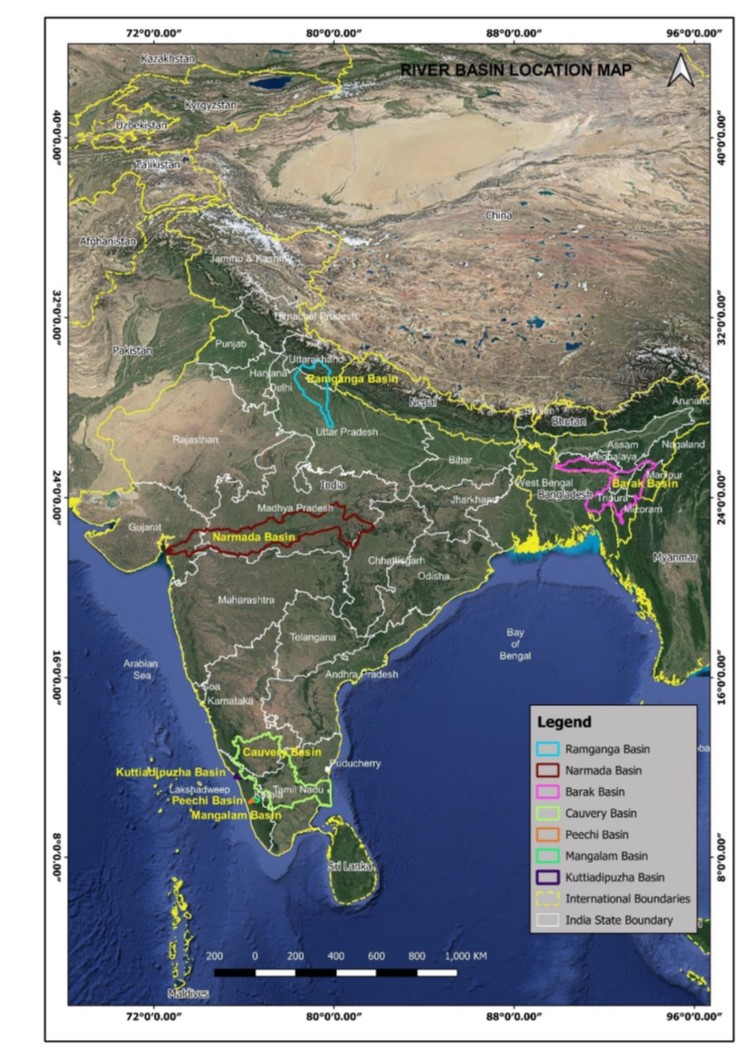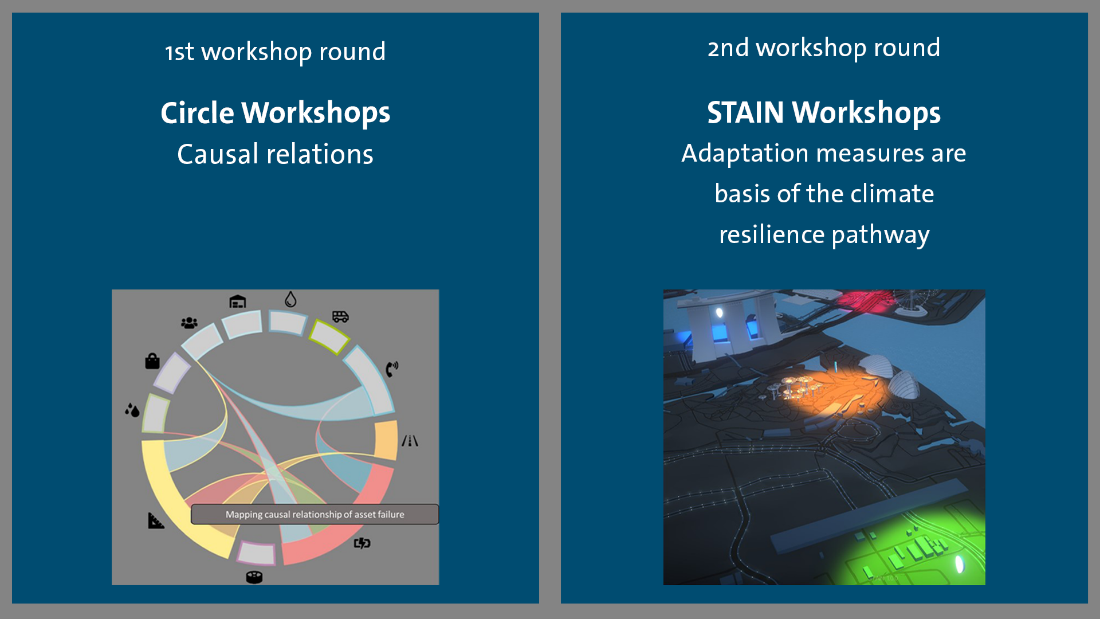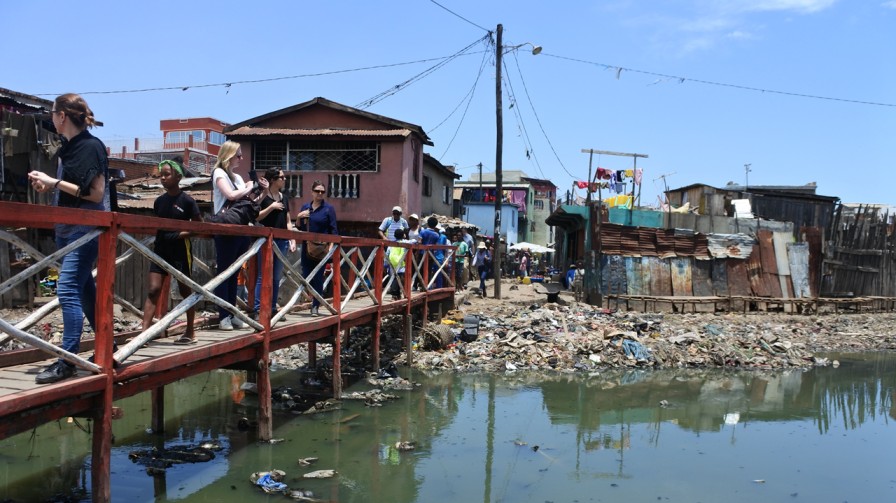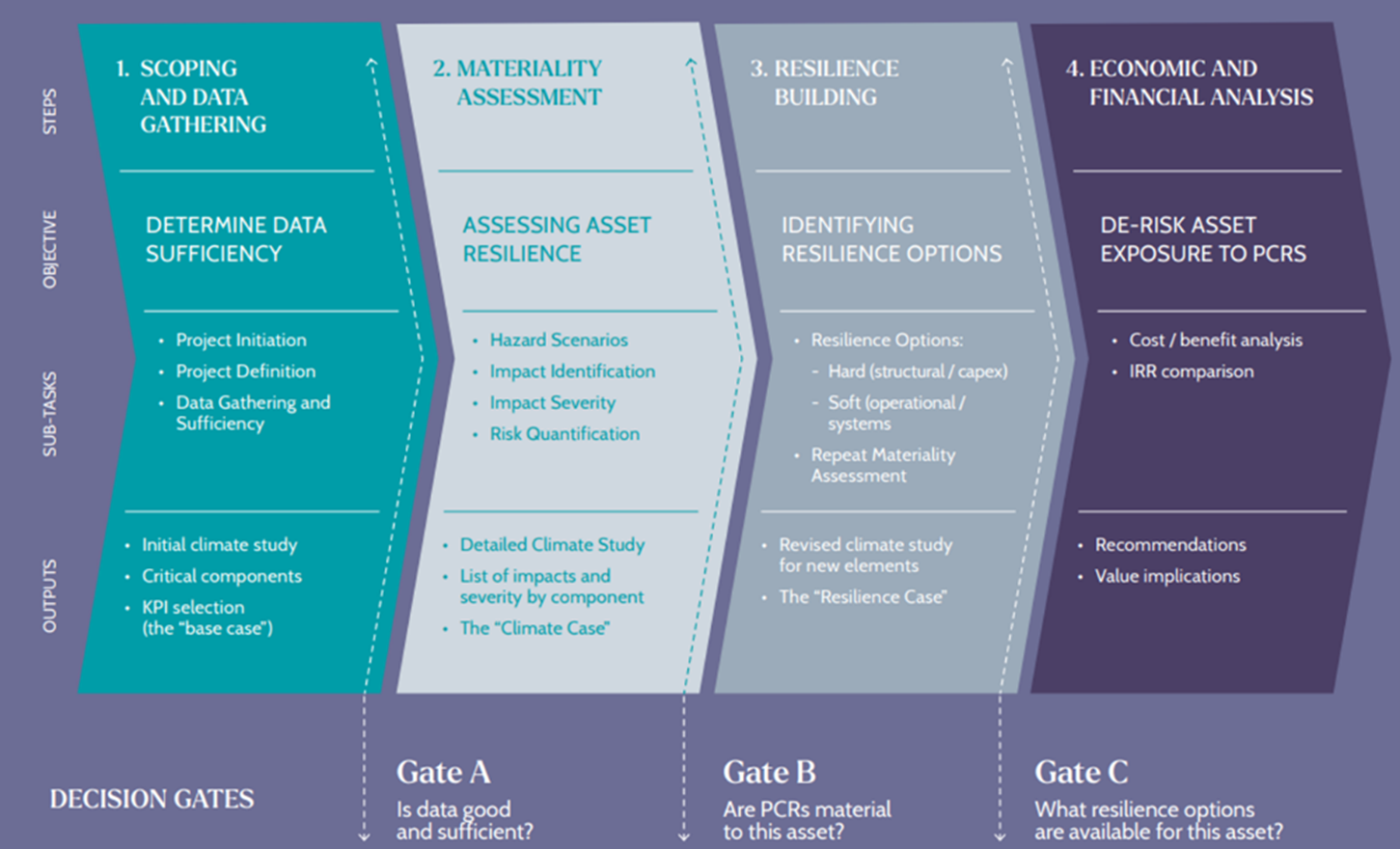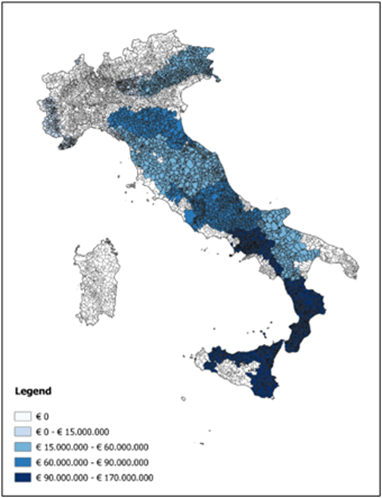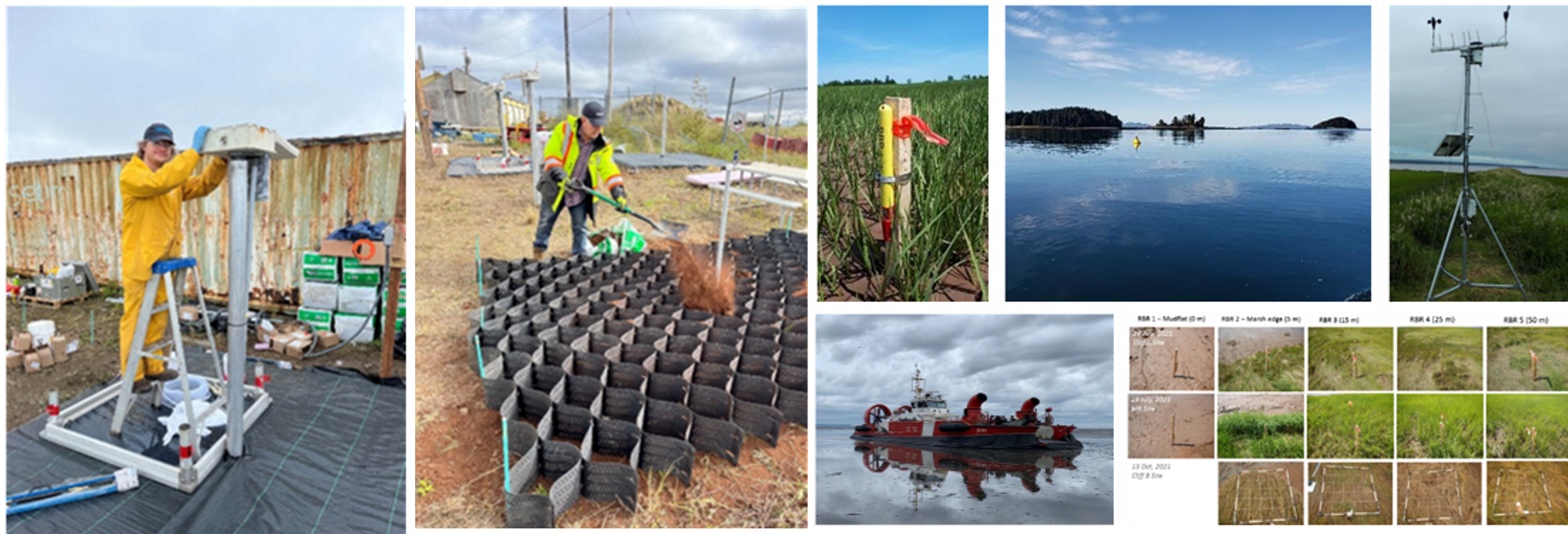The project has five sub-components to enhance Assam's disaster mitigation, preparedness, response, and recovery capacity. It includes conducting an institutional assessment of village disaster management committees to address barriers hindering women's effective and active participation.
There are two main groups of beneficiaries. The first group comprises around 100,000 people living along the Beki and Buridehing rivers, who will experience reduced flood and river erosion risks, and approximately 10,000 people who will gain access to upgraded or new flood shelters. This group primarily consists of rural, poor individuals, including marginalized social groups. The second group includes an estimated 6,000,000 people benefiting from improved emergency alerts through the EWDS and 4,200,000 people benefiting from enhanced flood forecasting in the Beki, Buridehing, and Jiadhal basins.
The flood shelters, designed to accommodate specific needs, will house around 500 people each. The plan aims to pilot 25 new shelters with flood shelter committees, expanding to approximately 250 shelters based on lessons learned.
The EWDS will provide real-time geotagged alerts via various communication channels, including the cell phone network, simultaneously to multiple locations. The State EOC will be upgraded, and new EOCs will be established in at least 10 districts, with the goal of establishing cutting-edge state-level EOCs in all 35 districts and at least 30 percent of Assam's 154 revenue circles. The objective is to ensure that at least 75 percent of households in Assam receive cell-based, geo-referenced warnings. The program will also focus on training and equipping CQRTs for all 154 revenue circles in Assam.
The following are the implementation challenges in course of strategy development:
- This project is the first of its kind in India, where so many different prospective sectors of disaster resilience were brought together on the same project. Additionally, the availability and quality of data was also drastically fluctuating from basin to basin. This meant regular and in-depth stakeholder consultations with multidisciplinary groups to gather data, disseminate and assimilate knowledge and address concerns.
- In the context of the anti-erosion work on banks of rivers Beki and Buridehing, geobags are being used in large quantities. Sand for the geobags is sourced locally to increase sustainability and self-reliance of the proposed solutions.
- The nature of Beki River is quite flashy, and consequently, a lot of boulders and pebbles would often damage the geobags. To prevent the same, geobags were caged with wires. In the case of Buridehing river, in addition to anti-erosion work via geobags, Porcupines (concrete pillars) were also installed to upgrade and strengthen the embankments. The pillars help to break the momentum and magnitude of the river currents.







